
Horse Feed
Explore our suite of equine resources including a Horse Feed Selector, Horse Feed Comparison Tool, and Free Nutrition Consultations to help you choose the best feeding program for your herd.
Our Exclusive Technology for Horse Feeds
-

Digestive Shield™
Supports your horse’s gut and immune health with our precise blend of controlled starch, pre + pro + postbiotics, and calcite
-

Rebound Technology™
Rebound Technology uses a blend of chromium and amino acids to help support muscle recovery after competition or a workout.
-
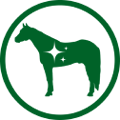
Nutri-Bloom Advantage®
Increases fiber digestion to support more muscle tone, better body condition, and improved overall health
-
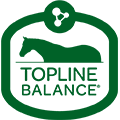
Topline Balance® Technology
Includes a specific amino acid profile to help support healthy topline for proper muscling and core strength
Save with our See the Difference Trial
Horse Feed Solutions
-
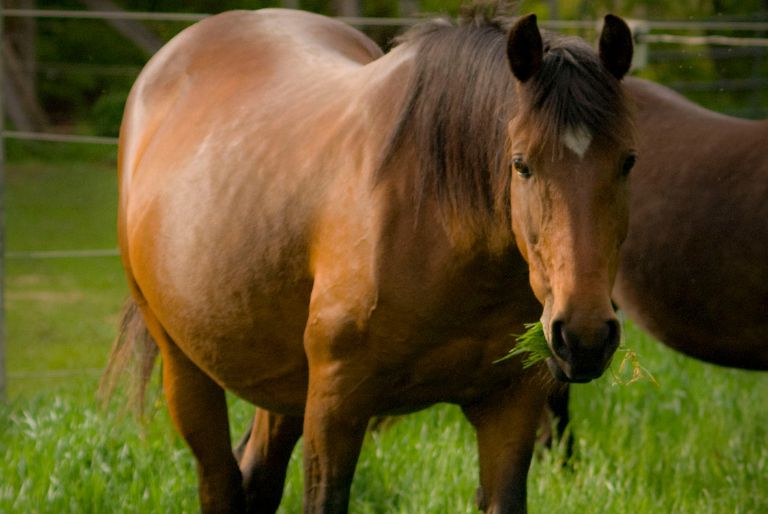
Broodmares
From early gestation to lactation and postpartum — get feed recommendations for broodmares and learn why we provide the best support for your breeding program.
Learn More -
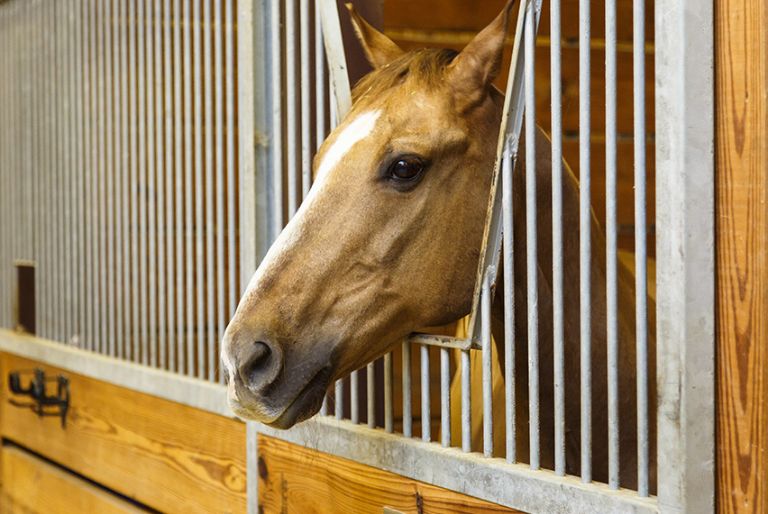
Colic
From causes of colic to management best practices — get feed recommendations to reduce the risk of colic and learn why we provide the best support for overall digestive health.
Learn More -
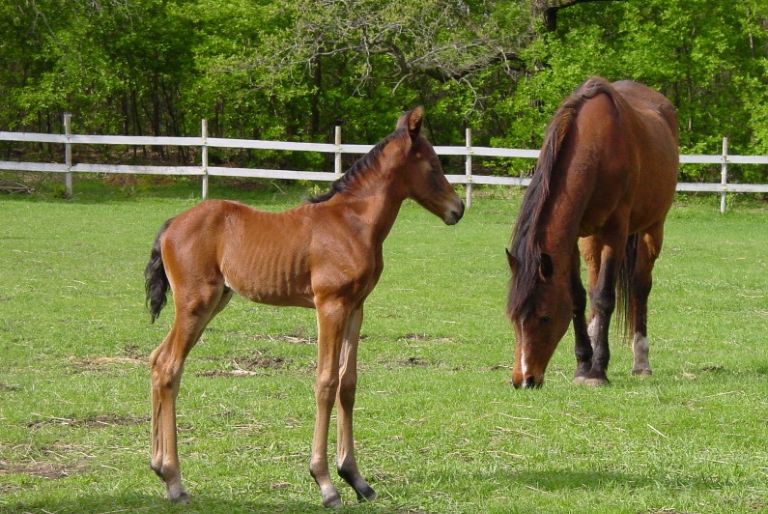
Growth/Foal
From foals to weanlings and yearlings — get feed recommendations for your growing horses and learn why we provide the best support for your breeding program.
Learn More -
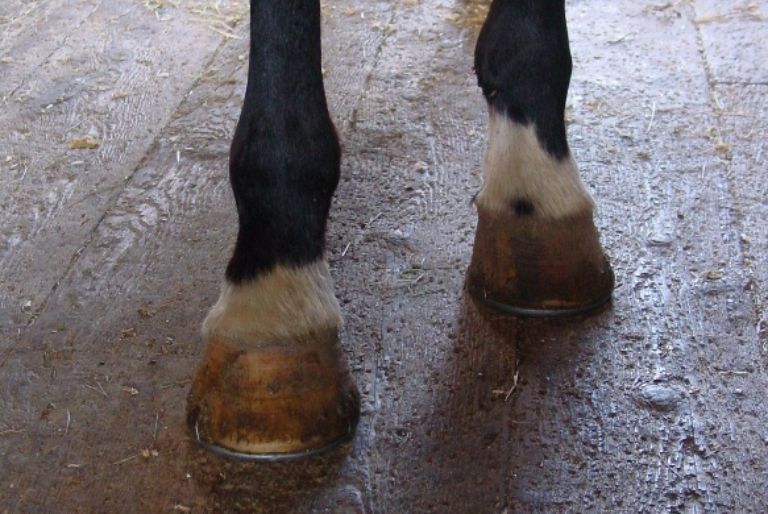
Skin, Hair Coat & Hoof
From trace minerals to amino acids — get feed recommendations for your horse’s skin, haircoat, and hoof health and learn how our tag guarantees compare to other brands.
Learn More -
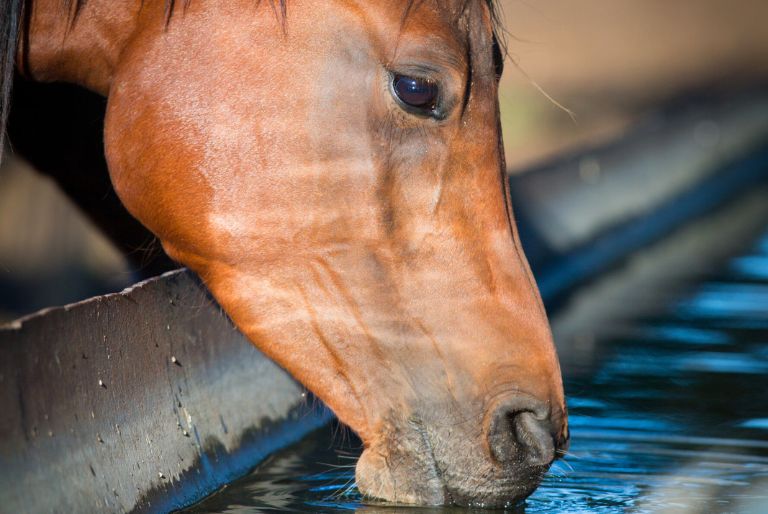
Metabolic
From EMS to HYPP to PSSM to Cushings to Laminitis — get feed recommendations for horses with metabolic conditions and learn why we provide the best support for specialized diets.
Learn More -
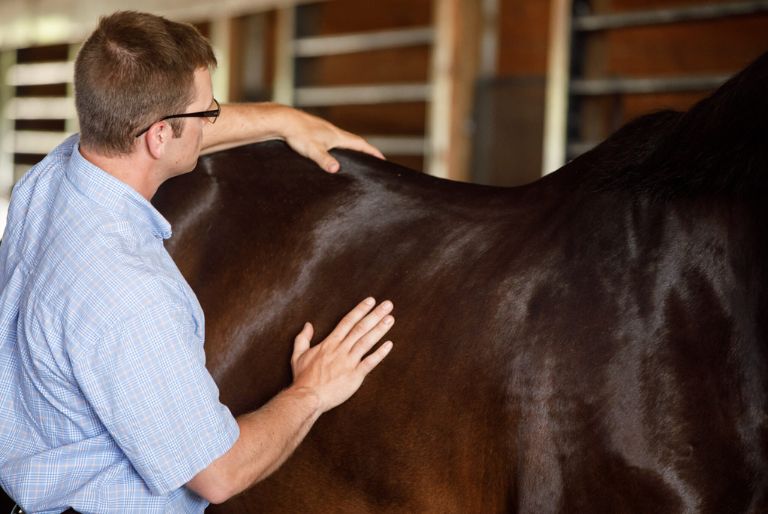
Muscle/Topline
From building to maintaining topline muscle — get feed recommendations to score an “A” on the Topline Evaluation System and learn why we provide the best amino acid support for your horses.
Learn More -

Overweight/Easy Keeper
From feed with low NSC to diet balancers — get feed recommendations for your easy keepers and learn why we provide the best nutrition in low feeding rates.
Learn More -
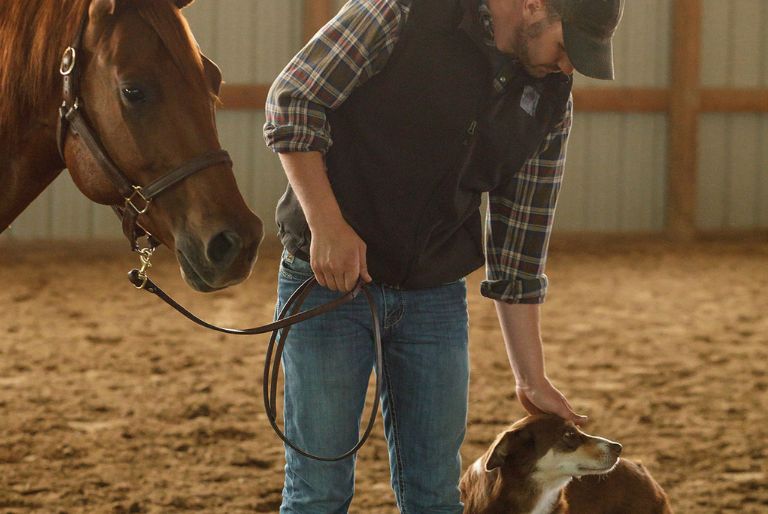
Performance (Energy, Stamina, Strength)
From amino acids to fats and sugars — get feed recommendations for your performance horses and learn why we provide the support for energy, stamina, and strength.
Learn More -
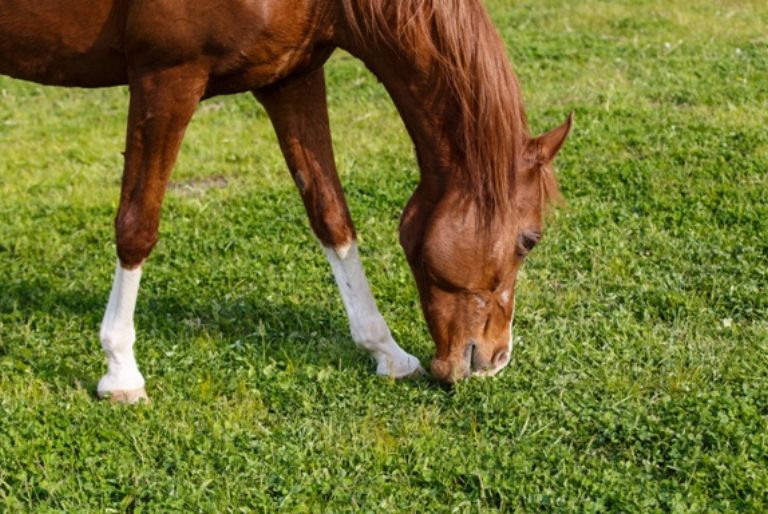
Senior
From aging athletes to rescues and hard keepers — get feed recommendations for your senior horses and learn why we provide the best support for older horse diets.
Learn More -
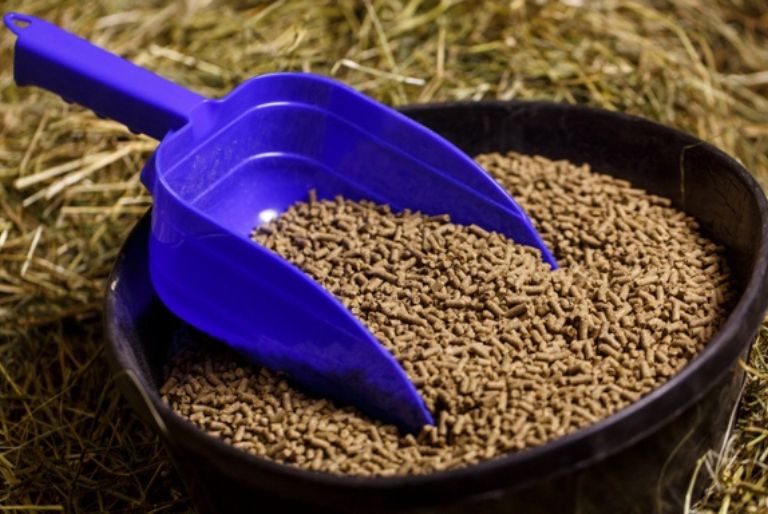
Underweight/Hard Keeper
From high-fat feed to increased fiber digestion — get feed recommendations for your hard keepers and learn why we provide the best nutrition to safely add weight to your horses.
Learn More -
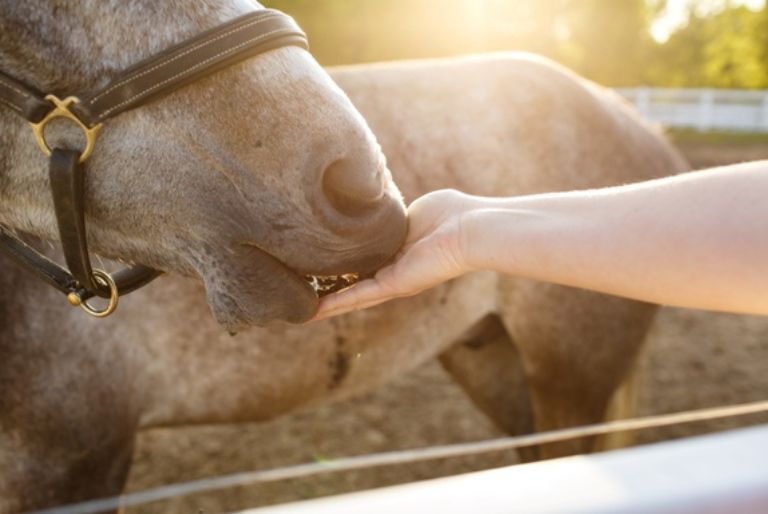
Digestion
From calcite to pre + pro + postbiotics — get feed recommendations for the entire digestive tract and learn why we provide the best support for your horse’s gut and immune health.
Learn More -
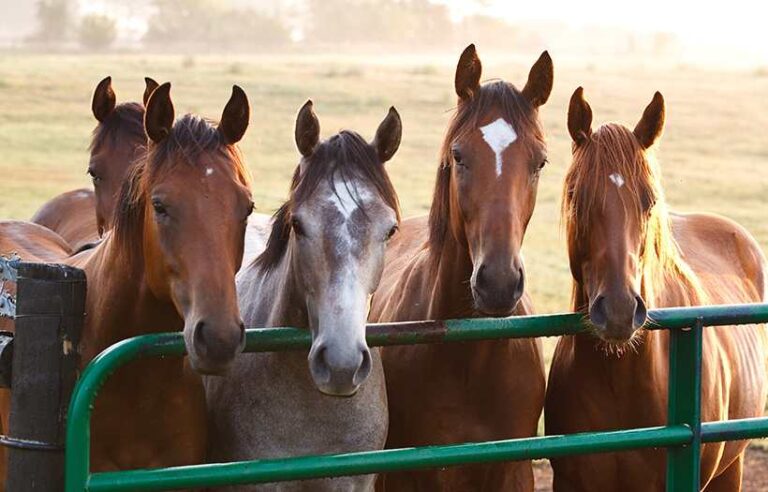
Large Barn
From big boarding facilities to training barns to breeding farms — get feed recommendations for your entire herd and learn why we provide the best support for your whole barn.
Learn More
Get a FREE Consultation
Fill out our Contact Us form for an equine nutrition expert to provide 1-on-1 recommendations for your feeding program.
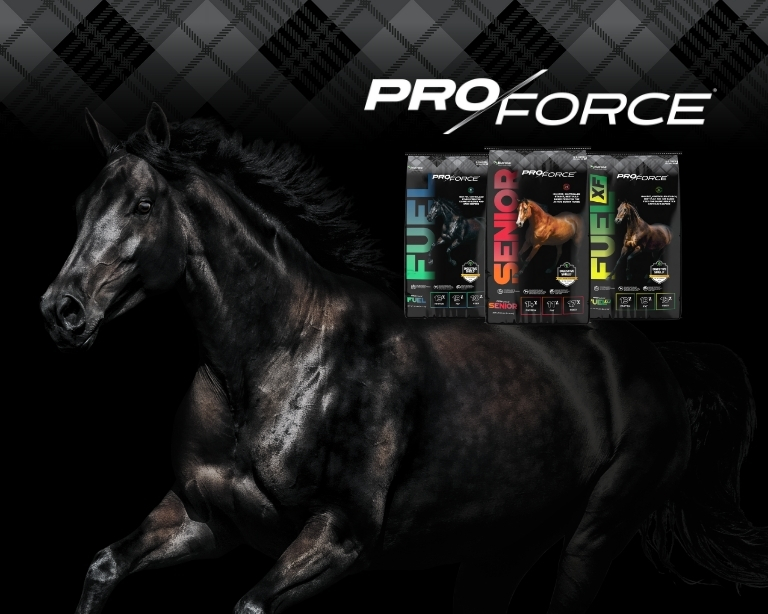

Defend. Recover. Perform.
High fat horse feeds that help fuel active horses and hard keepers. With Digestive Shield™, Rebound Technology™, Topline Balance®, Nutri-Bloom Advantage® and enhanced with antioxidants to help your horse go the distance every time.
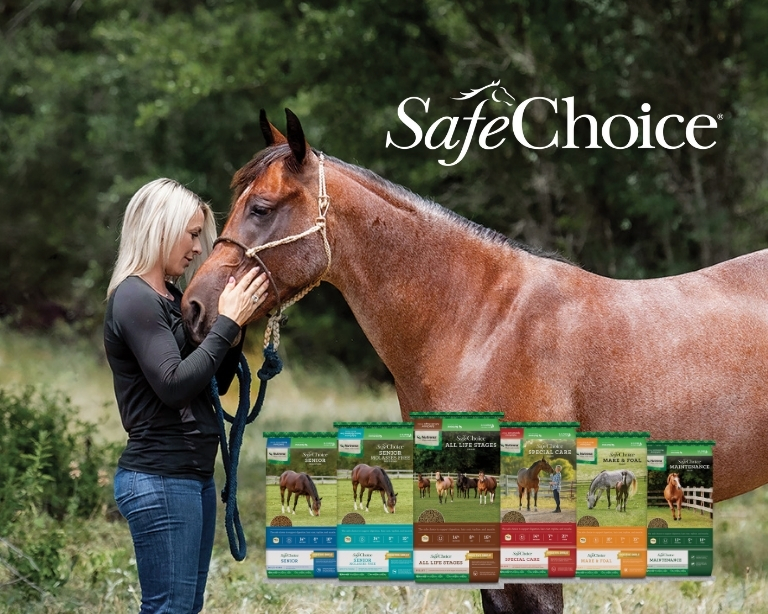

Your partner in whole horse nutrition.
With tastes to please even the pickiest palates, SafeChoice formulas are designed for every horse in the barn and supports gut health, immune system, coats, topline and muscles – enhanced with Digestive Shield.


Don’t prioritize. Empower.
Nutrena® Empower® supplements and diet balancers provide maximum nutrition at a low feeding rate with high quality ingredients formulated to keep your horses feeling their best.
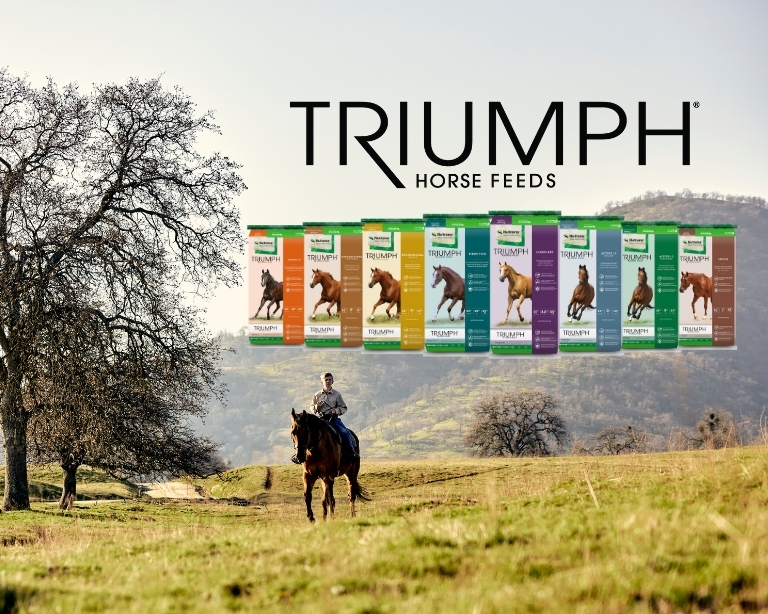

The right choice for value you can count on.
Triumph offers a variety of options, all providing great value, so you can take good care of all the horses in your stable.
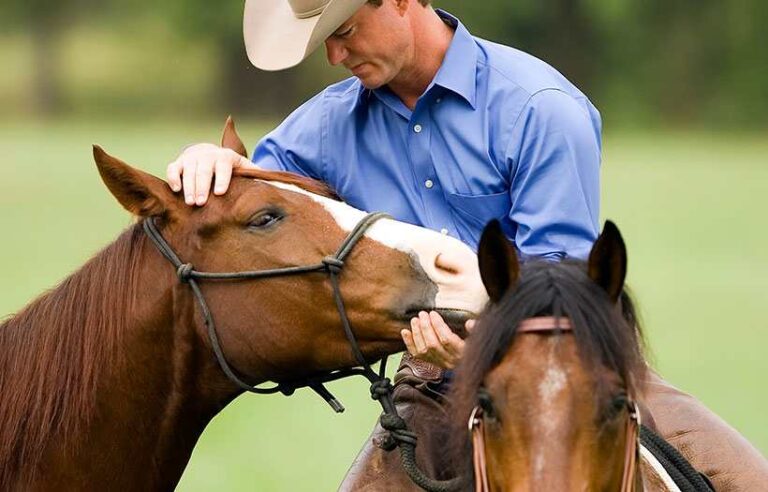

Horse Feed Selector
Find the perfect feed for your horse with our interactive Horse Feed Selector Quiz designed to help you customize a feeding plan for your horse’s specific needs, performance, lifestage, activity level and budget.
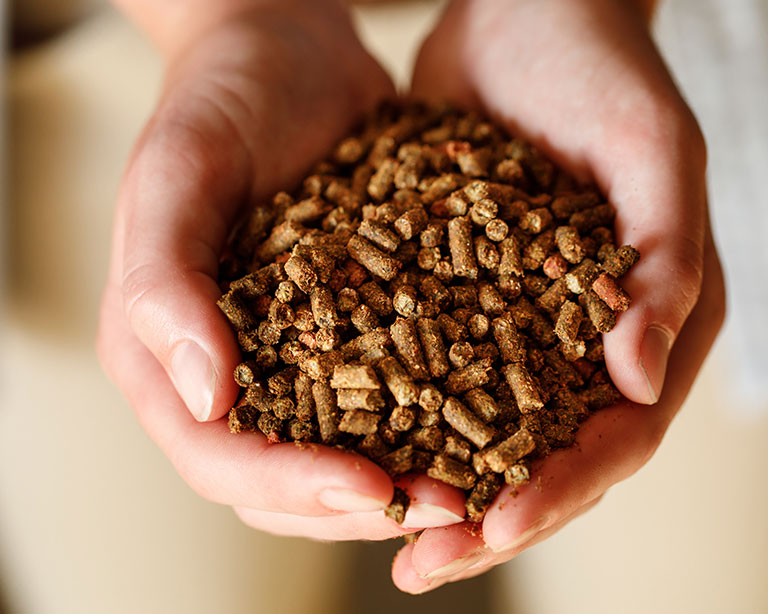
Horse Feed Comparison
Our Horse Feed Comparison Guide allows you to easily compare different Nutrena feed options based on nutritional elements such as % protein, % fat, % fiber, and % NSC.
Equine Athletes
-
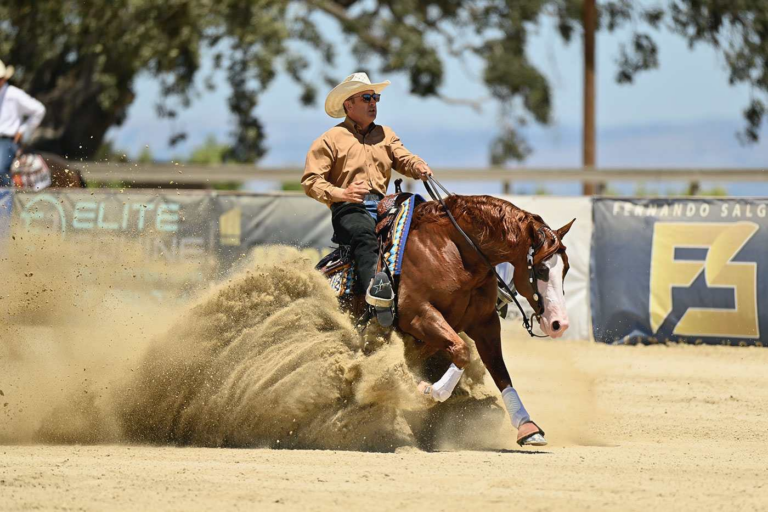
Andrea Fappani, Reining
“I have fed SafeChoice for 20 years. I like it because I can feed my show horses as well as all of my pregnant mares, weanlings and yearlings. When it comes to a feed that is balanced for every level of horses training program its Nutrena.”
-
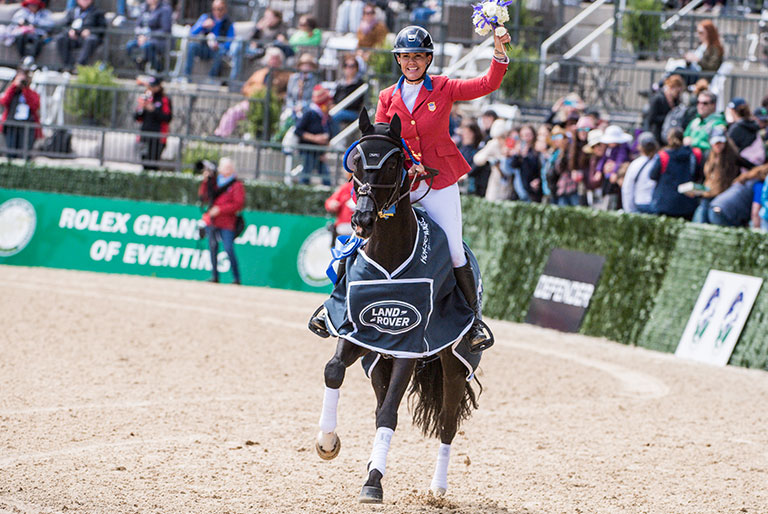
Tamara Smith, Eventing
“I’ve been feeding Nutrena over 10 years and wouldn’t feed anything else. It has all the nutrients, calm energy, topline support, and gastro support. It’s truly a complete feed all in one.”
-
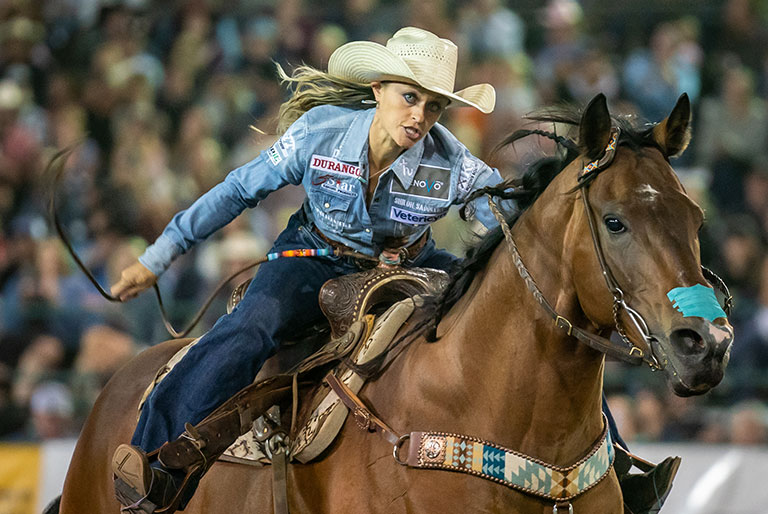
Stevi Hillman, Barrel Racing
“I choose to feed Nutrena feed because they have so many types of products for all of our different horses. Whether we are feeding our babies, or older performance horses, we are confident that each horse is getting the proper nutrition. Nutrena also has national distribution, and we can find it anywhere we are traveling.”
-

Wilhelm Genn, Show Jumping
“I have fed Nutrena for about 15-20 years and I have always been very happy with the results and the development of the newest products.”
Horse Feed FAQs
Explore our comprehensive Horse Feed FAQs, where we provide answers to common questions and address important topics related to equine nutrition, feeding guidelines, dietary considerations, and more, empowering you with the knowledge to make informed decisions and provide optimal nutrition for your horses.
View All-
What role does protein play in my horse’s diet?
Horses of all ages require adequate amounts of protein for maintenance, growth, reproduction and work, with growth and reproduction being the most critical time periods. Proteins are important building blocks for body cells.
Listed below are protein percentages required by the major categories of horses – these are for the TOTAL DIET, not just the grain portion.
-
Foals: 16-18%
-
Weanlings: 14-16%
-
Yearlings: 12-14%
-
Mature horses: 10-12%
-
Lactating mares: 12-14%
In order to figure out the total protein in your horses’ diet, follow this simple calculation:
( (Lbs Hay x Protein in Hay) + (Lbs Grain x Protein in Grain) ) / Total Lbs Fed = Protein in Total Diet
PLEASE NOTE:
While the total protein in the horse’s diet is important, horses also require essential amino acids, even though crude protein is what is required by law to be listed in a Guaranteed Analysis. Many feed manufacturers are moving towards listing the amino acids on the tag, which can help horse owners to see the quality of the protein sources being used.
There are two basic categories of amino acids: Essential Amino Acids (horses can’t make these, so they need to be provided in feed) and Nonessential Amino Acids (horses naturally make enough of these). In order to fuel, repair, and recover muscle, equine diets must optimally contain a superior amino acid profile, including all 10 of the essential amino acids. The three most Limiting Essential Amino Acids are Lysine, Methionine, and Threonine. This is where Nutrena horse feed stands out because unlike some other brands, our Premium feeds guarantee these amino acids.
-
-
What role does fiber play in my horse’s diet?
The main source of fiber in a horse’s diet is their roughage or hay source. The secondary source of fiber in a horse’s diet is what is present in any supplemental grain sources. Let’s breakdown what fiber is:
- Fiber is a measure of the plant cell wall, or the structural portions that give the plant support.
- Main components of fiber are the digestible cellulose and hemicellulose, and the indigestible lignin.
- As a crop of hay matures, the lignin content increases and the cellulose and hemicellulose decrease.
A horse consuming 1-1.5% of its body weight per day in quality roughage sources will meet its fiber needs.
Because fiber is such a huge part of your horse’s healthy diet, it is essential that it is present in nearly everything they consume. With manufactured feed we are able to control the amount of fiber in the ration by using some specific ingredients. Using alfalfa/legume products can help to add protein, energy and calcium to the feed, while grass products can help add protein and fiber. Some of the most common sources of fiber in horse feeds are:
- Alfalfa Meal
- Dehydrated Alfalfa
- Suncured alfalfa
- Coastal Bermuda Grass
- Ground Grass
- Ground Soybean Hay
-
What role does fat play in my horse’s diet?
In regard to human nutrition, “fat” is often considered a bad word, and low-fat diets are popular. But we should remember that in people, some fats are necessary and healthy. This is equally true for horses: fats play a very important role in horse feeds and nutrition.
There are many reasons to feed horses added fat. The best reason for using added fat is for an energy (calorie) source. The primary purpose for grain feeding is to provide energy for maintenance, performance, growth and reproduction. Because fat contains more than twice the calorie content of starch, and horses digest and utilize fat well, higher fat horse feeds offer an excellent opportunity to increase calorie intake without greatly increasing the quantity of feed. Other reasons for adding fat to a feed ration include improved endurance, heat tolerance, hair coat and attitude.
Adding supplementary fat in your horse’s diet is a great way to provide concentrated calories as well as some other functional benefits to your horse. Omega-3 and -6 fatty acids play important roles in:
- Immune system regulation
- Cell membrane stability
- Development and maintenance of the central nervous system
- Oxygen transfer
Specifically, omega-6 fatty acids are used by the body to make pro-inflammatory mediators for the immune system, while omega-3 fatty acids are converted to less inflammatory products. Because omega-3 fatty acids compete against omega-6 fatty acids to produce these mediators, higher levels of omega-3 can offset pro-inflammatory responses and are generally considered to have anti-inflammatory properties.
-
What role does starch and sugar play in my horse’s diet?
Non-structural carbohydrates (NSC), which include sugars and starches, are useful nutrients because they can be broken down and absorbed in the small intestine and stored as glycogen in the muscles and liver. This means they can be accumulated and readily mobilized to provide energy.
Starches and sugars are required for energy and glycogen repletion. However, overloading the digestive system with NSC can result in metabolic disturbances, which may lead to problems such as colic, laminitis (founder), obesity, or developmental orthopedic disease.
Because performance horses require sustained energy, low-carbohydrate diets are unsuitable. However, controlling starch and sugar intake can be beneficial depending on age, breed, activity, metabolic conditions and physical state. Nutrena’s nutrient-focused approach allows horse owners to provide a controlled glycemic response while maintaining appropriate levels of starches and sugars.
When comparing starch intake for horses, it is important to factor in the recommended feeding rate.
% of Starch * Feeding Rate (in pounds) * 454 grams/pound = Grams starch/meal
-
How do you calculate % NSC?
NSC stands for ‘non-structural carbohydrates’ and is typically the combination of starch and sugar. Horses with metabolic concerns, such as Cushing’s disease, laminitis or Polysaccharide Storage Myopathy (PSSM) require reduced levels of NSC to support their activity levels. Fructan is also included in NSC, but is typically found in forage products, such as grass or hay. Starches and sugars are broken down in the small intestine. Sugars and some starches are digested rapidly, while other starches may digest more slowly because of the plant’s structure they are derived from. Because horses cannot tolerate large intakes of NSC in one meal, they must be controlled in the diet.
NSC levels in feeds can be found in a variety of locations, on manufacturer websites, brochures and listed on feed tags and bags. Regulated NSC (dietary starch and sugar) values are often listed on feed tags. Feed tags are approved by individual states and most follow recommendations given by AAFCO (American Association of Feed Control Officials). On most state feed tags, where the feed does not contain cool season grass, NSCs are listed individually as dietary starch and sugar. These dietary starch and sugar guarantees are generally required if the bag or marketing material makes any reference to these nutrients.
